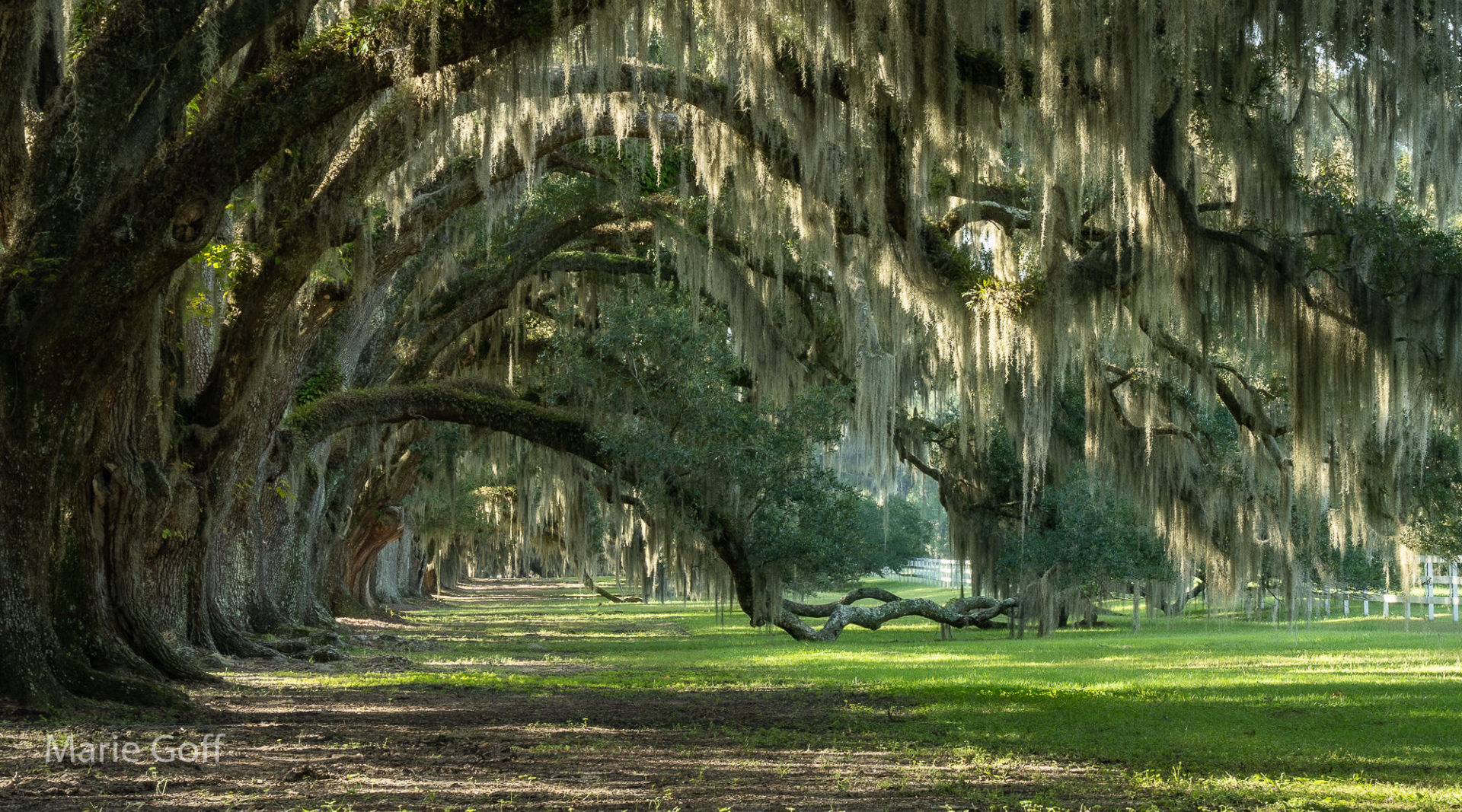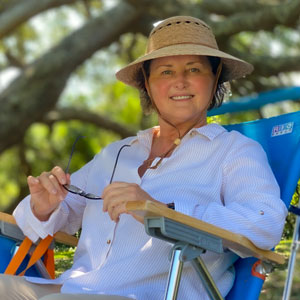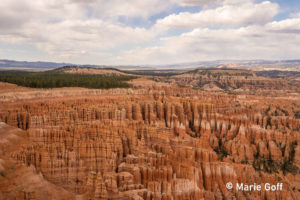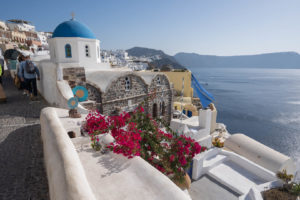Lowcountry Photography and Fascinating Civil War History in Beaufort, S.C.
I was in Beaufort for photography. I’d hired a photography guide to show me the best locations for photography in the surrounding areas. Staying at the Cuthbert House Inn piqued my interest in the history, and I had just enough time to hire another guide to show me around town while I was there. Beaufort’s historic legacy makes it the ideal location for Lowcountry photography and fascinating history.
The view from the elevated piazza of the elegant mansion is dazzling!
Spanish moss clings to the branches of majestic live oak trees. In the distance, grasses, sedges, and rushes the salt marsh, and sailboats anchor under a cloudless blue sky. It’s a dreamy place to enjoy soothing coastal breezes and plan a photography adventure.

Inside the lavish parlor, an open scrapbook provides clues to the mansion’s storied past. This engaging Inn sets the perfect mood for Lowcountry photography and a little history.
A newspaper article tells of the hand etchings of a Union Soldier carved on the marble fireplace mantle. Also, there are pictures, one dated 1865, of a Union military band on the steps of the house. These clues inspire visitors to learn more about Beaufort’s intriguing Civil War past.
The most engaging way to learn is by taking a guided walking tour. In the Historic District, learn about Beaufort’s unique role in the Civil War and hear interesting anecdotes about the people who lived there.
The walk is enchanting. The large number of historic structures close together makes it easy. The mansions are surrounded by massive live oaks draped in Spanish moss. These two features create an enchanting mix, a place to linger. No wonder the area has been designated a National Historic Landmark and a photographer’s paradise. Perfect for Lowcountry photography and fascinating history at the same time.

You might ask, “How did so many mansions survive the Civil War?” More importantly, “What happened to the people when Union forces overcame the defenses at the Battle of Port Royal?” Storyteller Wynn Englisbe answers these questions and more as he leads visitors on a mesmerizing journey through history.
The tales begin when Union Forces quickly capture the Confederate forts and protect Port Royal Sound.
In a state of panic, wealthy owners fled in what novelist Karen Lynn Allen coined in her book Universal Time as the “Great Beaufort Skedaddle of 1861.” They left everything except what they could carry. But, rather than burn the town, Union forces occupied the area. They quickly repurposed the mansions as offices, hospitals, and military quarters. The occupation would last until the end of the Civil War. Later, some of the planters got their houses back, one way or another. But from then on, life in Beaufort would never be the same.
The walking tour passes the grave of Robert Smalls and the mansion he purchased and lived in as a free person.
A history buff and fan of Smalls, my guide wrote an essay about Smalls’s life, which became one of the most intriguing stories. I’d heard it before, but hearing it from a great storyteller while walking the historic district was captivating!
Robert Smalls was born into slavery and had no formal education. Still, his intellectual brilliance led to remarkable success in life. First, he saved enough money to purchase his freedom. He led a daring escape from Charleston by sea. Eventually, Smalls would present a case for emancipation before President Lincoln and convince Lincoln to allow blacks to enter military service.
Throughout the war, Smalls served as the civilian captain of a ship and fought in 17 battles. Later, he served five terms in the U.S. House of Representatives. With all of this, one of his greatest legacies is that he promoted education for all people, black and white.
Eventually, Robert Smalls purchased the same home at 511 Prince Street, where he grew up before his daring escape from Charleston.

After a two-hour tour of the Historic District, my tired feet needed a rest. The Henry C. Chambers Waterfront Park is the best place to go. I ate at one of many restaurants along the waterfront, with spectacular views of the Beaufort River and marina.

I finished dinner just in time for the photography tour. Don and Ruth at Beaufort Photography Tours drove Renita and me to the most stunning locations. We practiced morning, evening, and night photography, which was my first. We even photographed collapsing buildings and pictures, structures like abandoned barns and houses, a unique genre of photography.

Lowcountry photography and a fascinating history continue as we head to St. Helena Island.
What’s known as the Port Royal Experiment is one of the most fascinating pieces of history in the area. Teachers, ministers, and doctors came to Beaufort from Northern states to promote self-sufficiency and education for newly emancipated people. The programs were eventually discontinued; what remains is located at Penn Center on St. Helena Island. The area is considered a National Historic District Landmark with 50 acres and 19 historic buildings. These include the York W. Bailey Museum and the Brick Baptist Church. It’s a beautiful place to photograph and learn the history.
The Brick Baptist Church is the oldest church on St. Helena Island. Its history is intertwined with the history of the people.
The church was built by enslaved people for plantation owners in 1855. The fingerprint indentions of enslaved people in the bricks remain a symbol of their toil. After the plantation owners fled, enslaved people took control of the church, and it became their place of worship and one of their first schools. It continues to serve as a church, the oldest on St. Helena Island.
Dr. Martin Luther King Jr. visited Penn Center one hundred years later, in the 1960s. Gnatt Cottage provided a humble dwelling for the civil rights leader during those troubling times.

As described on the Penn Center website:
“Historic Penn Center is one of the most significant African-American historical and cultural institutions today.”
For more about Lowcountry photography at Travel Notes and Storytelling, click the link below.
Save Time and Get the Best Photos
Tour guides Don and Ruth and my long-time friend Renita made this tour memorable.

Don and Ruth Lambert, Beaufort Photography Tours, are the perfect guides! They know the best spots for Lowcountry photography. They also provide invaluable guidance on composition and settings.

Wynn Englisbe is a storyteller! He began assisting with Janet’s Walking History of Beaufort in 2014. Wynn grew up in S.C., where he completed college. He was an infantry officer in the U.S. Marine Corps from 1968 to 1972. He is married, has two children, and attends the Parish Church of St. Helena.

Colonel Renita Berry, USA Retired, enlisted in the South Carolina National Guard in 1986. Her distinguished military career includes two deployments, Bosnia and Kosovo. Before retiring in 2020, she was a Brigade Commander and Logistical Officer for the South Carolina National Guard. She continues to serve as the Director of the Forensic Services Laboratory for the Beaufort County Sheriff’s Office.
Travel Notes
The Cuthbert House Inn is an elegant Antebellum mansion, and it’s on the waterfront in the heart of Beaufort’s Historic District! It provides the perfect setting for an authentic Lowcountry experience. Ed and Connie welcome guests with warm and inviting hospitality. It put me in the best mood for Lowcountry photography and fascinating history!
Marie Goff


Please scroll to the bottom to subscribe to Travel Notes and Storytelling or LIKE my Facebook page here!







